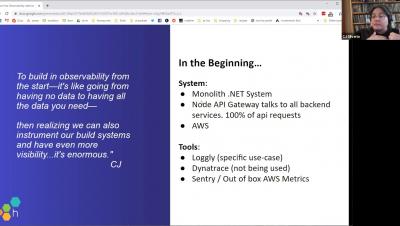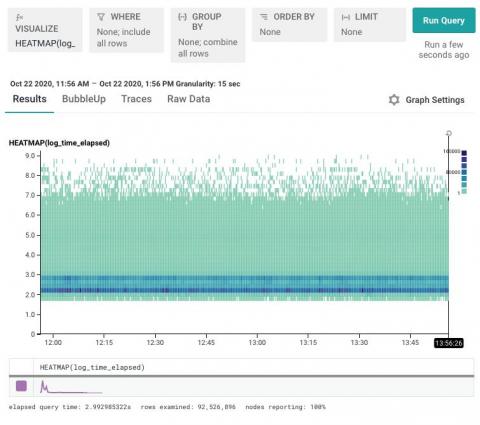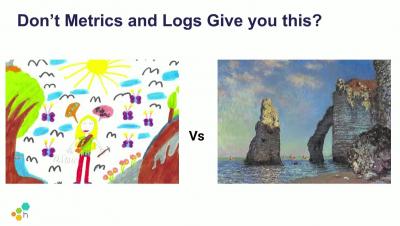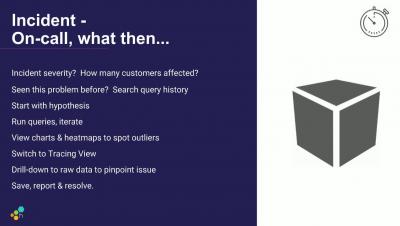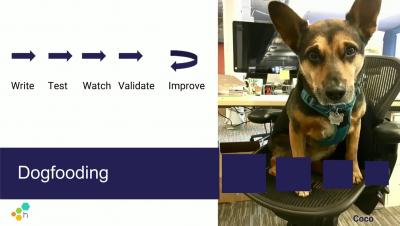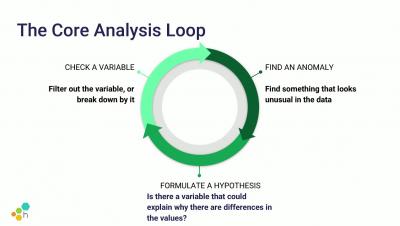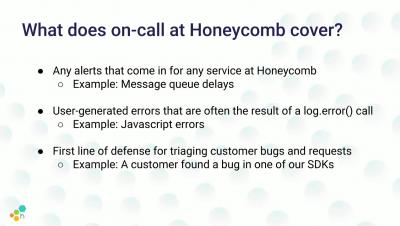Operations | Monitoring | ITSM | DevOps | Cloud
Observability
The latest News and Information on Observabilty for complex systems and related technologies.
Why Is Designing an Effective Application Logging Strategy Important?
Observability is made up of metrics, logs, and traces. These pillars help us understand the behavior of applications under normal execution, which further accelerates identifying anomalies in case of application failure or deviation from normal execution. Logging is not about tracing each and every operation, it is about sensible, consistent, and machine-readable log messages that expose the application behavior.
Handle Unruly Outliers with Log Scale Heatmaps
We often say that Honeycomb helps you find a needle in your haystack. But how exactly is that done? This post walks you through when and how to visualize your data with heatmaps, creating a log scale to surface data you might otherwise miss, and using BubbleUp to quickly discover the patterns behind why certain data points are different.
Honeycomb Learn Ep 1 Instrument Better for a Happy Debugging Team
Honeycomb Learn Ep. 2: De-stress Debugging -Triggers, Feature Flags, & Fast Query
Honeycomb Learn Ep. 3: See The Trace? Discover Errors, Latency & More across Distributed Systems
Honeycomb Learn Ep. 4: Bubble-Up to Spot Outliers in Production
Honeycomb Learn Ep 5 Never Alone On Call
How Dashbird Atlas Accelerates Serverless Observability
Share When it comes to serverless applications, their distributed nature of exponential scalability and use of potentially thousands of resources automatically begs the need for observability. Using the mass data output of an application to understand and optimize the internal states is a game-changing strategy, but only if used well. Dashbird Atlas takes serverless observability to a new level, reducing excessive noise through simple visualization of your application.


